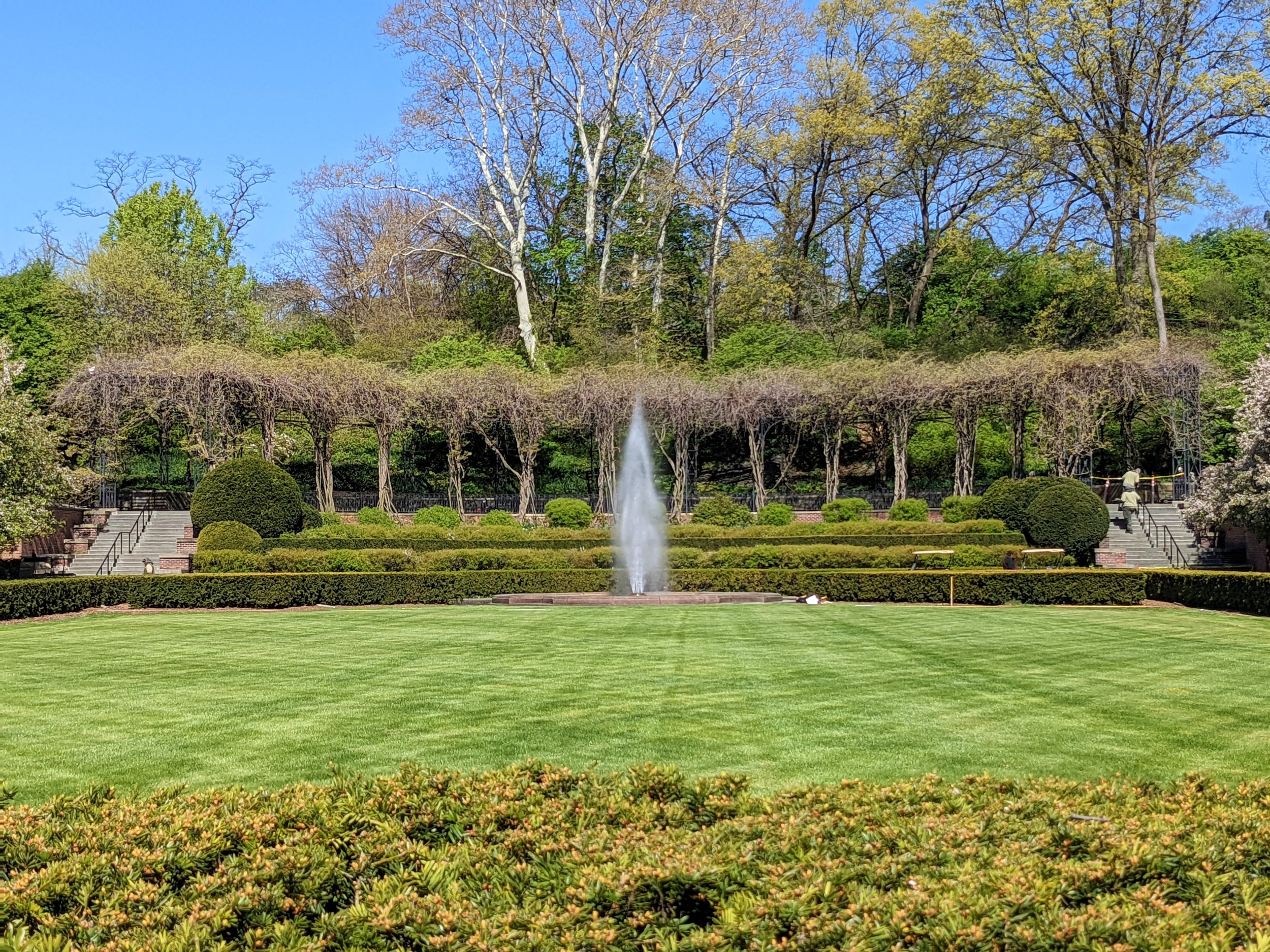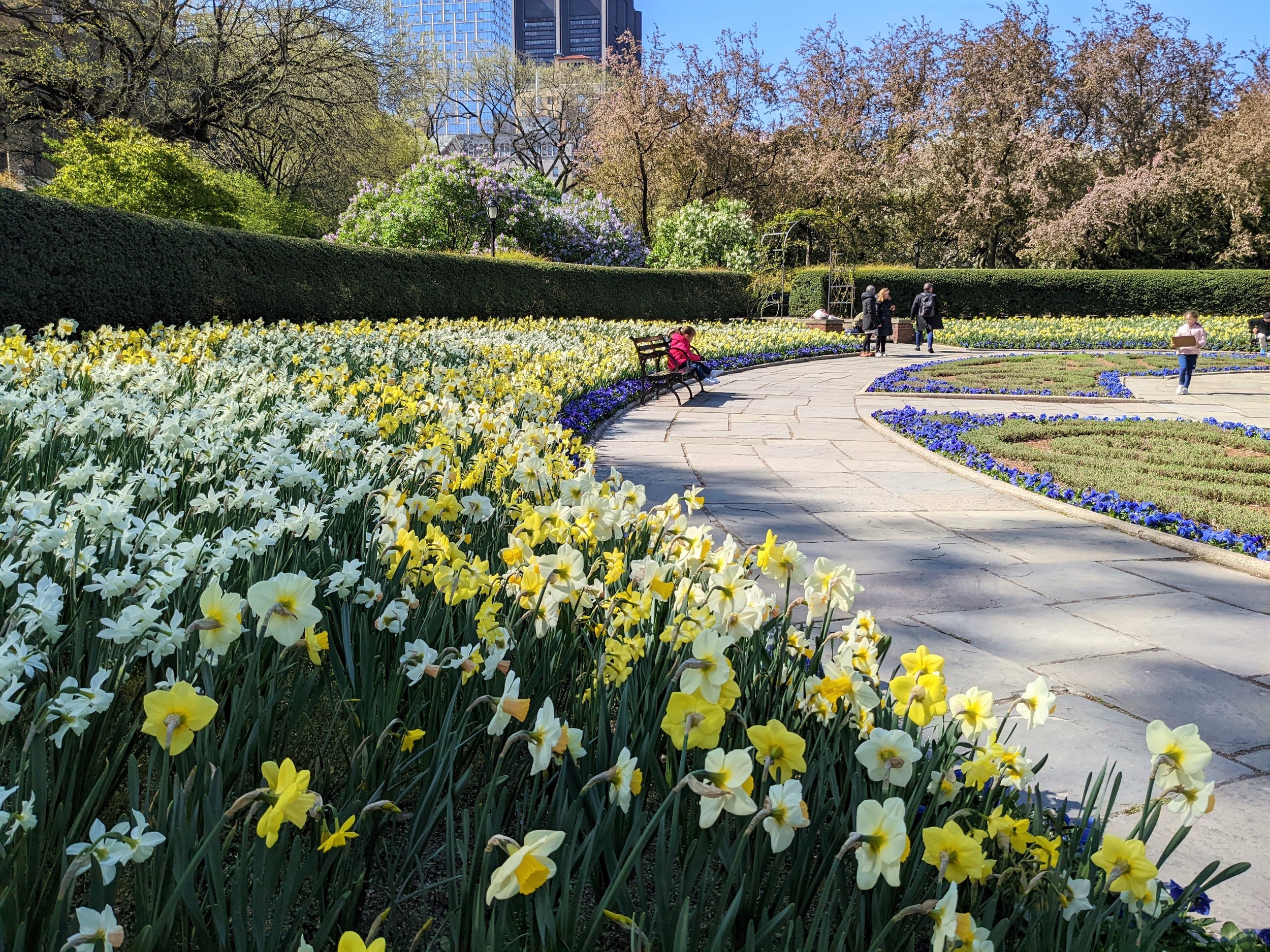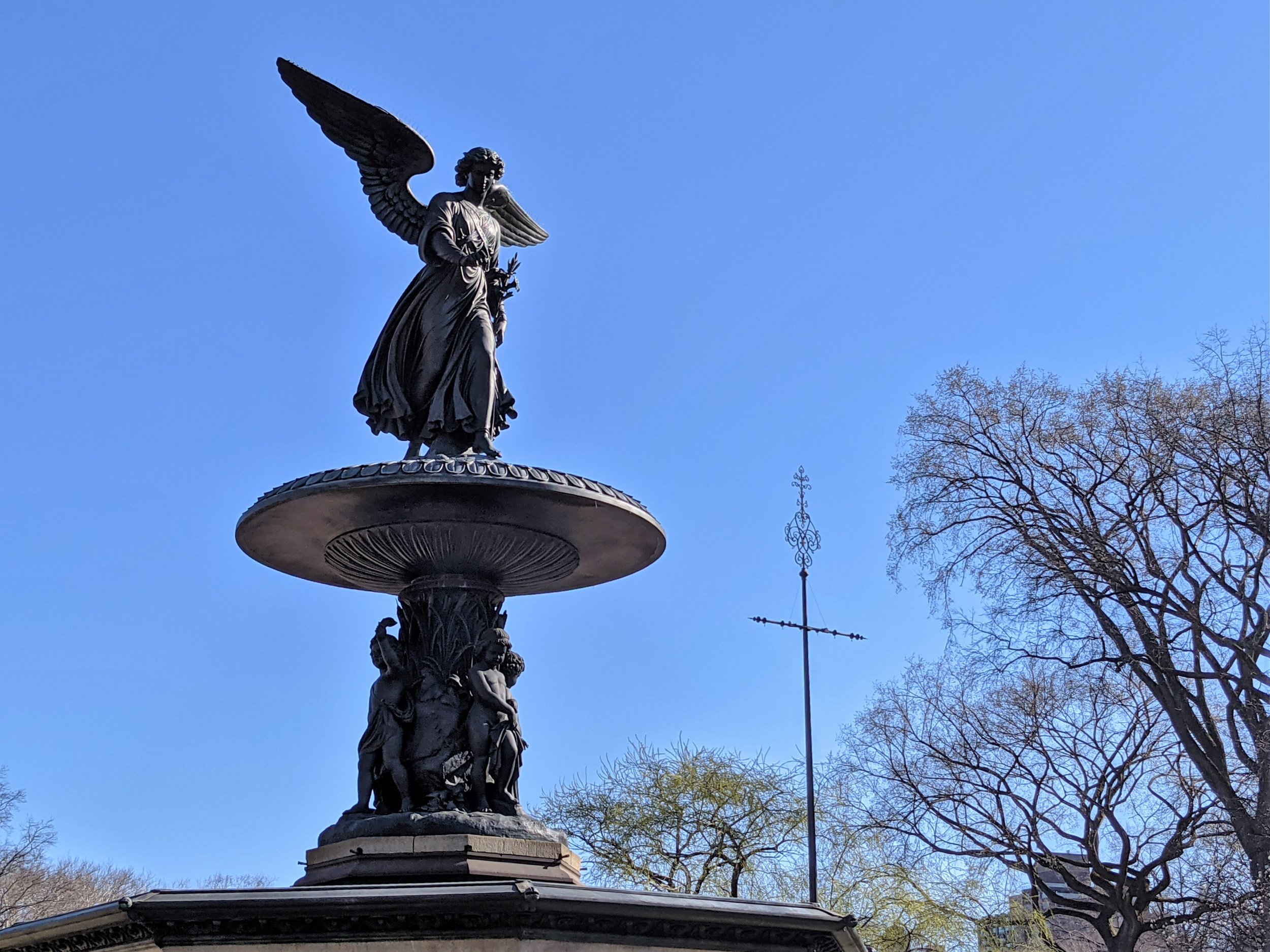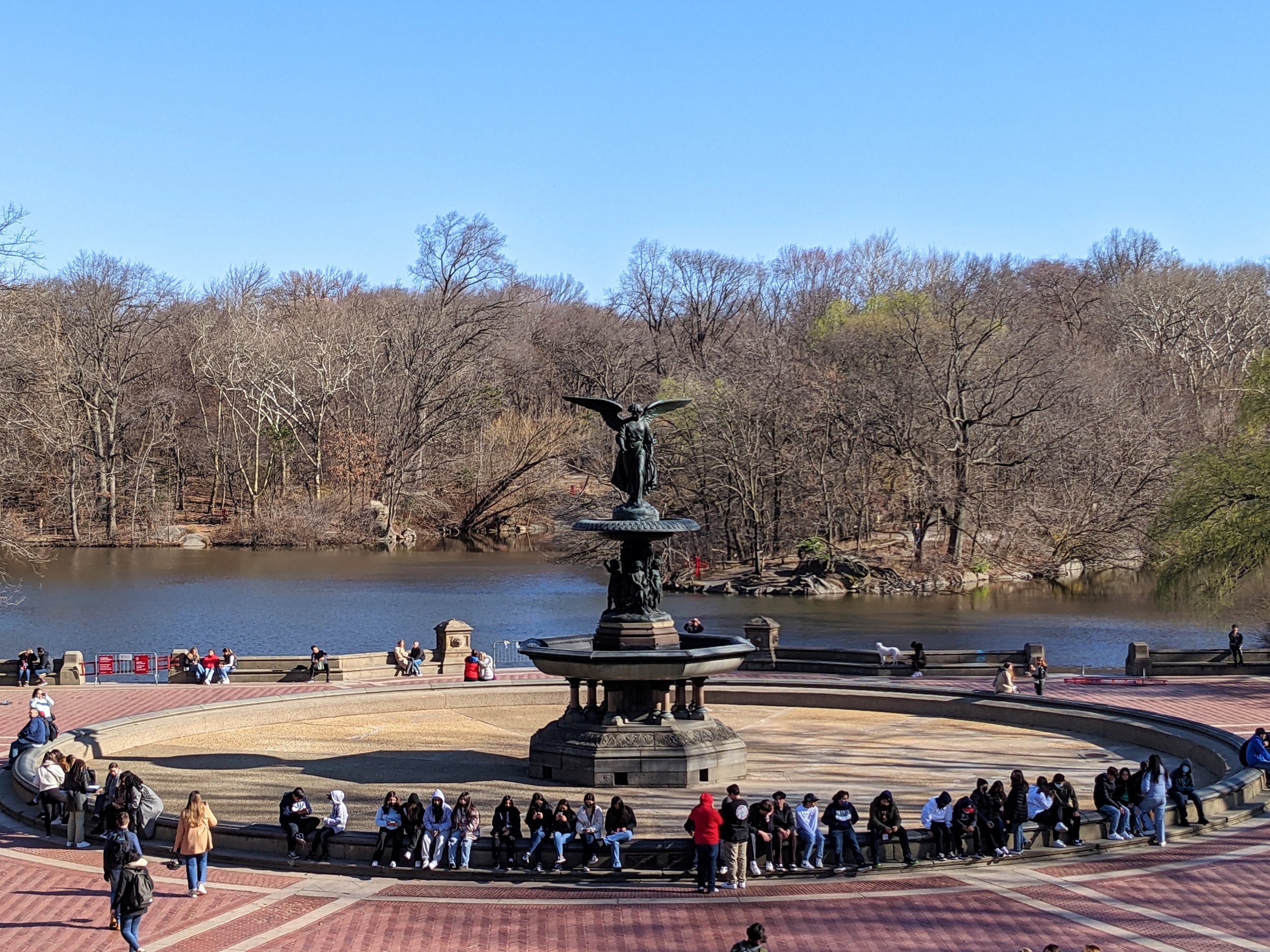Central Park is usually known for its wide lawns, winding trails, and beautiful lakes. Few people know that the northeast corner of the park is home to six-acres of formal, European-style gardens. The Conservatory Gardens, named for the glass conservatory that was originally built on the site in 1899, are today a set of three immaculately kept gardens. The main gates on 5th Avenue open into the central Italian-style garden. A large, symmetrical parterre is framed at the far end by a wisteria-covered pergola and a simple fountain. The French garden to the north consists of rings of flowerbeds and a paved path surrounding a decorative fountain. The southern garden, designed in the English style, is currently closed for renovations. The gardens, which opened in 1937, were mostly neglected for decades, before the first major restoration took place in the 1980s. They are once again undergoing restoration, and soon the gardens will be accessible to all, and more beautiful than ever.
Conservatory Garden





